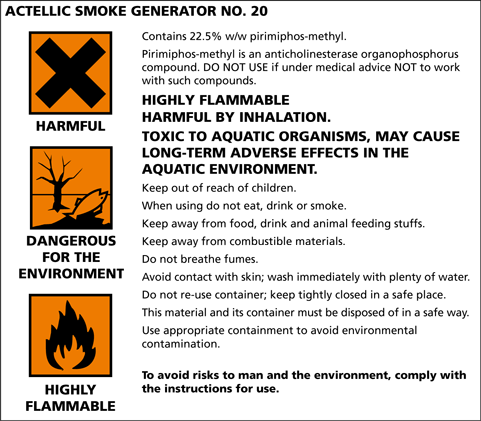
Recycle with us
Give us a call if you have e-waste that needs to be processed.
SUPPORT
Electrical and electronic equipment (EEE): producer responsibilities
If your business is an importer, re-brander or manufacturer of EEE and you place EEE on the UK market then it's likely that you are a producer under the WEEE Regulations, and will need to register with the Environment Agency and/or join a producer compliance scheme.
If you are a retailer who sells EEE you are likely to be a distributor under the WEEE Regulations. You may have to offer take-back of EEE in store or join the distributor take-back scheme.
If you fail to comply with the waste electrical and electronic equipment (WEEE) regulations, you can be prosecuted and fined up to £5,000 at a magistrates’ court, or get an unlimited fine from a Crown Court.
For full details regarding the WEEE Regulations 2013: government legislation, click here
WEEE Evidence: What it is?
WEEE evidence is proof of reuse or treatment by an approved authorised treatment facility (AATF) or export of whole appliance by an approved exporter (AE). Evidence is collected in the form of evidence notes issued by the WEEE Settlement Centre. As a certified AATF Environmental Concern Ltd can issue evidence on UK WEEE that is refurbished for reuse or treated.
Duty of Care
If you produce, carry, import, keep, treat or dispose of waste you have a legal ‘duty of care’ to make sure your waste is handled safely and only passed to people authorised to receive it. You should consider:
-
What type of waste you are producing
-
If you produce hazardous waste you need to be registered with the Environment Agency
-
How are you are storing the waste
-
How to minimise environmental impacts through waste prevention, re-use, recycling and recovery
ECL Ltd is a registered waste carrier and will take your waste to our Licenced AATF site for recycling or disposal. We will issue you with the correct paperwork; the waste transfer note for non-hazardous waste, or a consignment note for hazardous waste.



Hazardous Waste
Waste is generally considered hazardous if it is harmful to humans or the environment. Examples of hazardous waste include: asbestos, chemicals - eg, brake fluid or print toner, batteries, solvents, pesticides, oils (except edible ones) - eg, car oil, equipment containing ozone depleting substances - eg, fridges, hazardous waste containers. Only competent and appropriately registered carriers should be used to transport hazardous substances. Your duty of care lasts from when you produce the hazardous waste until it’s given to an authorised business to deal with.
Environment Agency web site: http://www.environment-agency.gov.uk
Hazardous Waste Regulations Advice: http://www.hazardouswaste.org.uk
Labelling Hazardous Waste including Hazardous WEEE
To comply with the Chemicals Regulations (Hazard Information and Packaging for Supply or CHIP), the container and packaging for the hazardous substance should be correctly labelled and an appropriate Materials Safety Data Sheet supplied. Transport hazard labels are slightly different from those required for the Chemicals Regulations. Transport labels are diamond in shape and have different coloured backgrounds according to the hazard. Each diamond includes a pictogram describing the hazard, written details of the hazard and should include the transport classification number. Below, examples of hazardous labels for transport purposes.
Consignment Notes
A consignment note must be completed to accompany hazardous waste when moved from any premises, even if it is being moved between two premises belonging to the same business. A consignment note is required even if the holder of the waste does not change when the waste is being moved, which differs from duty of care transfer note requirements. There are 5 the five parts to a standard consignment note. Information on who is responsible for completing each part and the information you must legally include is available on the Environment Agencies web site or click here.

